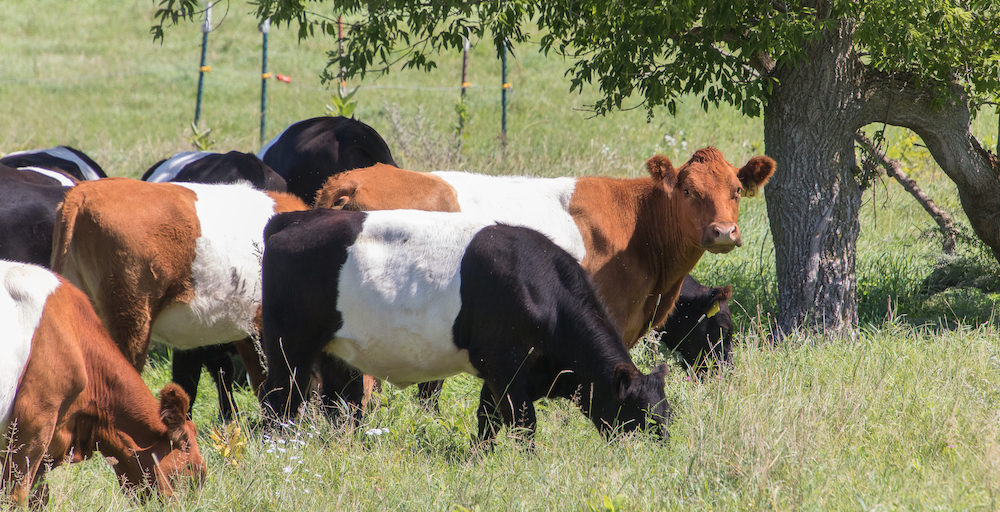Nov. 13
It was a wonderful day and a half at Nicharee organic farm, just off the eastern coast of Ireland. Clouds rushed overhead and the wind whipped at ground level. The constant buffeting took me back to my childhood summers on the beaches of Staten Island.
Bill Considine was a wonderful host. He made sure I walked his meadows, heard about his organic philosophy, and experience a bit of the song and heart of his homeland.
Because November gusts are cold and it often rains several times a day, we bundled up against the chill and pulled on high rubber boots to visit with cattle and drive out over wet fields. After a couple of hours outdoors, we’d come in to warm our hands around hot cups of tea.
Thanks, again, Bill.
An unexpected treat was meeting a couple of Woofers now interning on the farm. (Woofers are men and women, usually young, who travel the world to work and learn on established organic farms.) Bill invites several Woofers to the farm every year.
In fact, acquiring fluency is the reason Edoardo is in Wexford. Although he studied English in school, he’s realized total immersion is the most efficient strategy.
Antoine originally intended to spend just a short time in the area, but Bill convinced him to stay longer. I sensed that Antoine is also searching for something, but I’m not sure of what that might be.
During my short visit, the young men worked to build a cement column to support ancient wooden beams holding up the slate roof of an old stone shed. They mixed cement during a brief break in the clouds and got a good part of the task done.
I wish we had had more time to talk. What more will they do on the farm? Where will they take what they’ve learned? Would they like to visit my Wisconsin farm?
I sure would like our paths would cross again.
Sylvia













